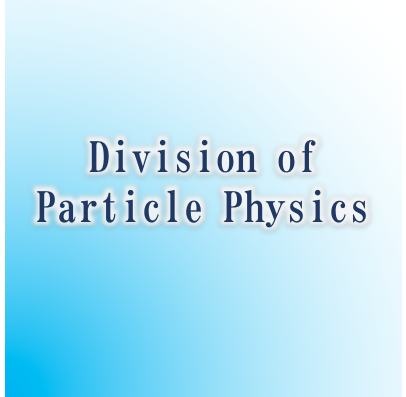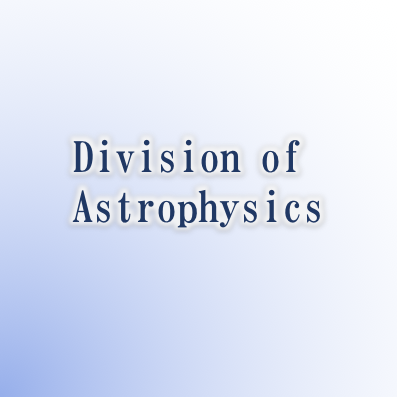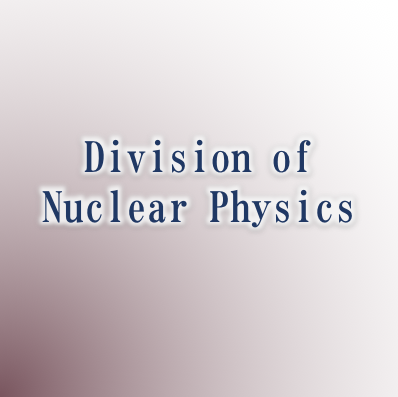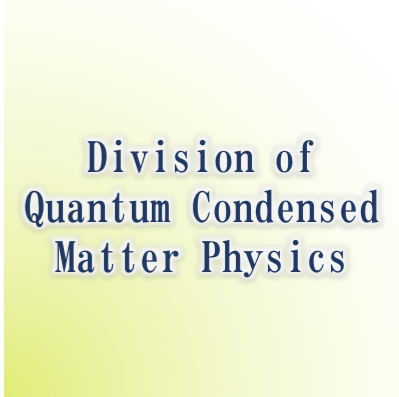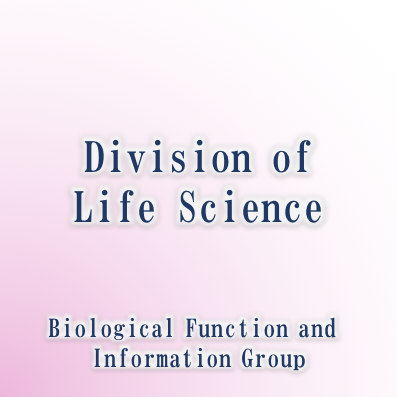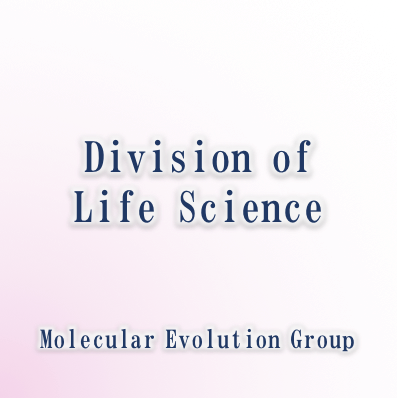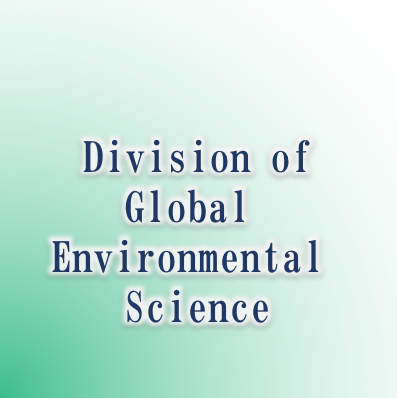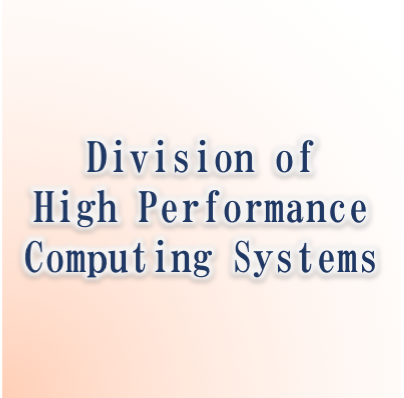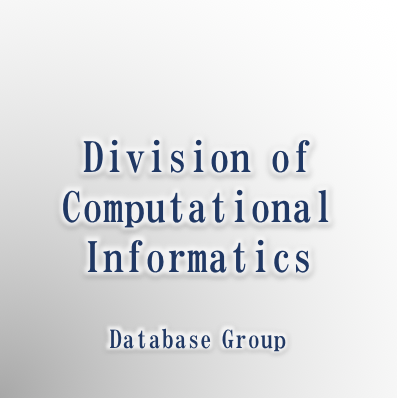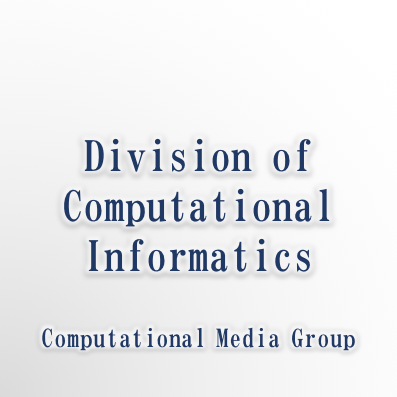CCS was restructured in April 2015, and increased the number of research divisions. Currently, we have 8 divisions, 10 groups.
Division and Group
Highlights of scientific results in fundamental science
The interdisciplinary research at CCS unifying the pursuit of fundamental problems in science and the development of world top-class supercomputers suitable for solving them have produced a number of excellent scientific achievements.
In particle physics, a basic question is how quarks and gluons in the initial plasma of our Universe, combined to form protons and neutrons which then make up nuclei around us. To answer this question one has to solve Quantum Chromodynamics (QCD), the fundamental theory of the strong interaction of quarks and gluons. Using the lattice QCD method and CP-PACS, Yoichi Iwasaki and collaborators successfully calculated the mass spectrum of hadrons including proton and neutron. The initial calculation published in 2000 was a landmark in the worldwide pursuit toward solving QCD through numerical calculations on supercomputers since 1980 (News and Views, Nature 397, 303 (1999)).
How protons and neutrons bind to form nuclei is an old issue in nuclear physics, and yet it is also modern with the progress of accelerators capable of producing nuclei with unnatural isotopic or strangeness content. Sinya Aoki and his collaborations applied lattice QCD methods to successfully calculate the nuclear potential, including the short-range hardcore, for the first time in the history of nuclear physics (2007). This was another landmark in the development of computational particle-nuclear physics (Research Highlights 2007, Nature 450, 1130 (2007)).
As the Universe expanded and cooled, gravitational attraction caused the formation of cosmic structures such as stars, galaxies, and clusters of galaxies. Understanding how this process went through requires intricate calculations taking into consideration the interactions among atoms, radiation, and so-called dark matter in Universe. Masayuki Umemura and his collaborations have carried out pioneering studies including the reionization process of the Universe (2001), the formation of primordial galaxies (Nature 440, 644 (2006)), and the formation of first-generation stars and globular clusters (2009) by using CP-PACS and FIRST.

